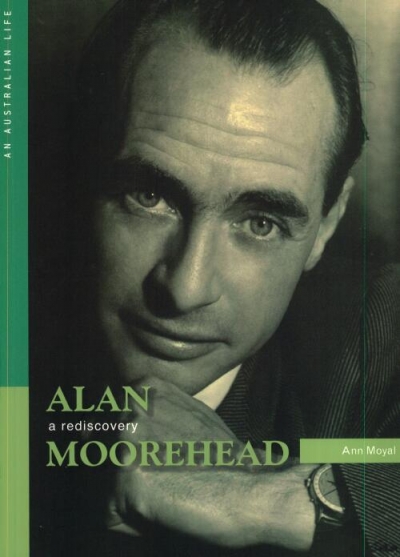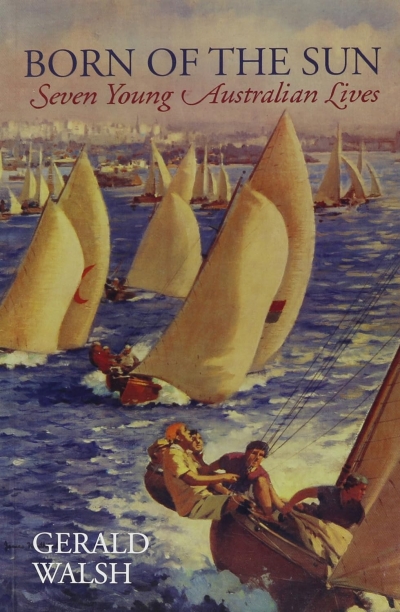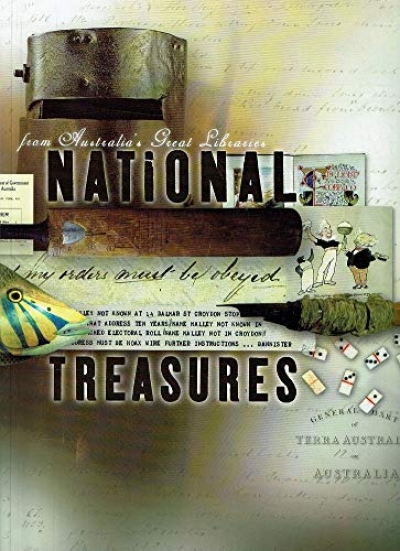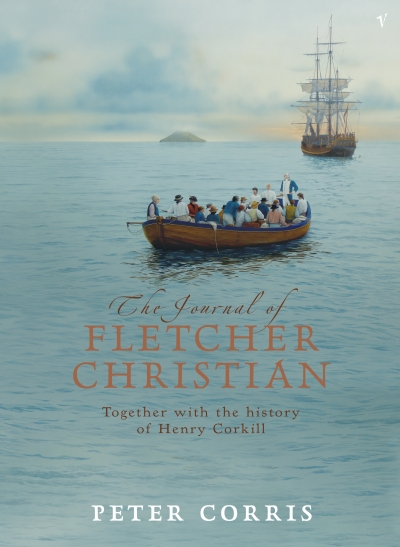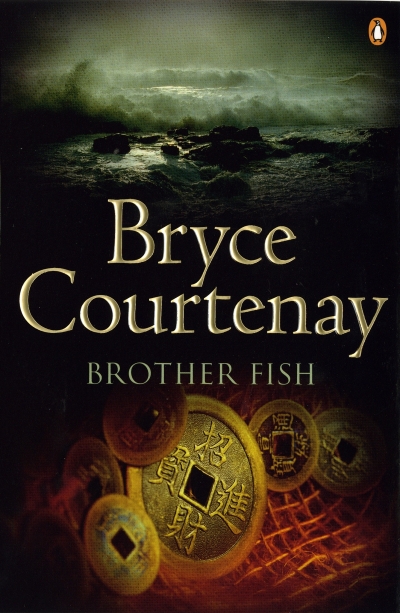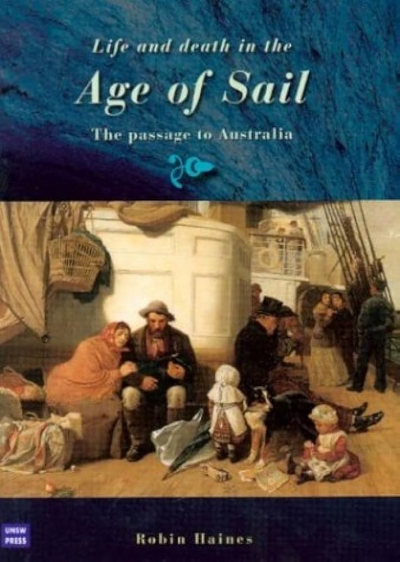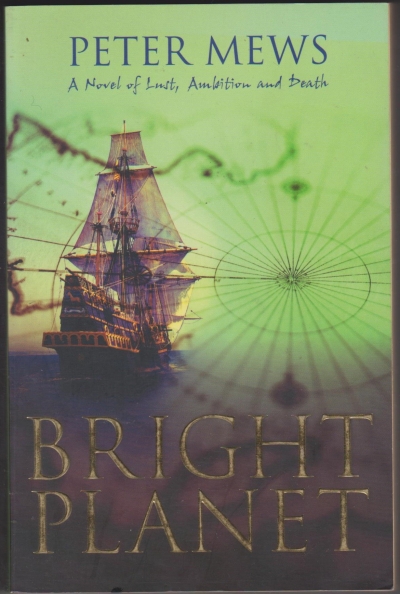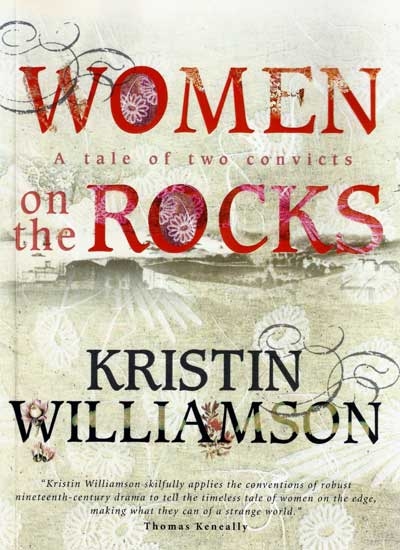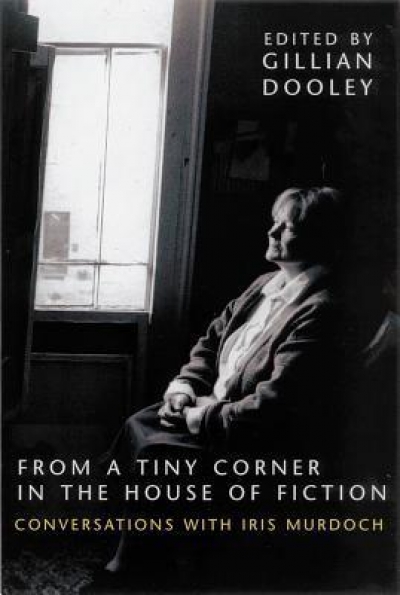Gillian Dooley
Born of the Sun: Seven young Australian lives by Gerald Walsh
by Gillian Dooley •
National Treasures from Australia’s Great Libraries edited by NLA
by Gillian Dooley •
To celebrate the best books of 2005 Australian Book Review invited contributors to nominate their favourite titles. Contributors include Morag Fraser, Peter Porter, Kerryn Goldsworthy, Nicholas Jose and Chris Wallace-Crabbe.
... (read more)The Journal of Fletcher Christian: Together with the history of Henry Corkhill by Peter Corris
by Gillian Dooley •
Life and Death in the Age of Sail: The passage to Australia by Robin Haines
by Gillian Dooley •
Women on the Rocks: A tale of two convicts by Kristin Williamson
by Gillian Dooley •
From a tiny corner in the House of Fiction: Conversations with Iris Murdoch edited by Gillian Dooley
by Andrea Goldsmith •

